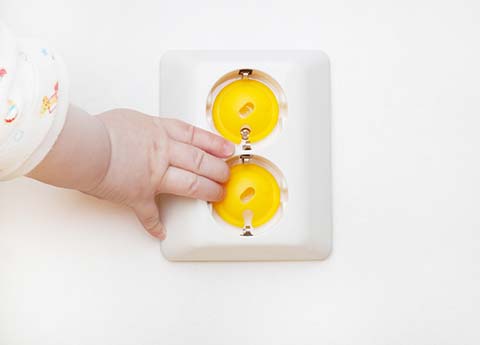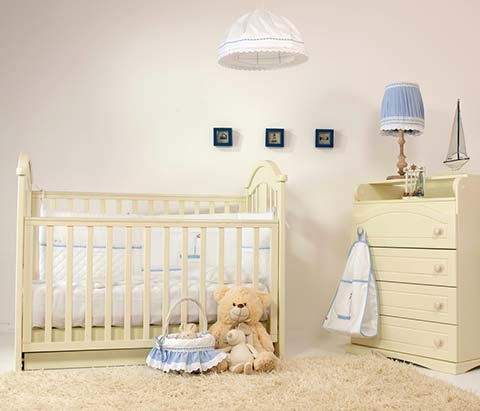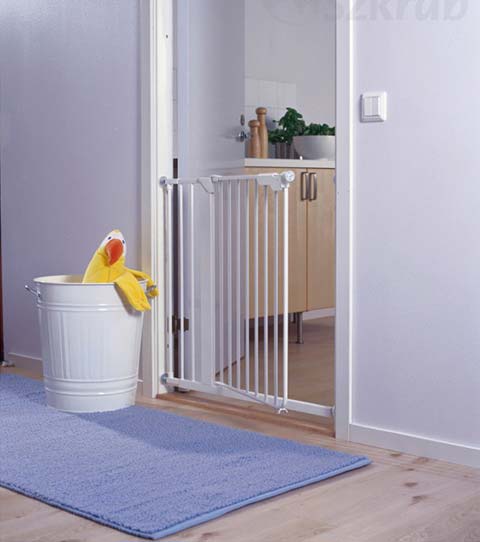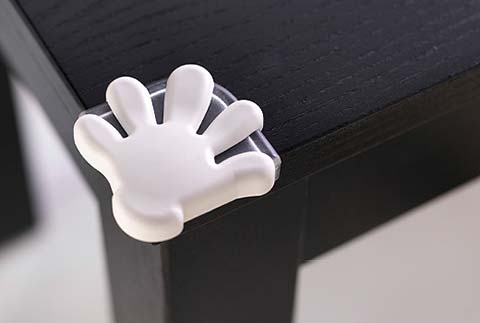Having a baby is incredibly exciting. If you’re expecting, you’ve probably done loads of research into what to eat, what not to eat, how much to exercise and so on. But have you thought about how you’re going to prepare your house for the new arrival?
The more you can do now, the more time you’ll have to focus on relaxing and bonding with your baby when you come home.
Just remember that it’s not wise for you to be going up and down ladders or shifting furniture, so delegate the heavy-duty stuff to someone else.
Here are a few tips to ensure you’re fully prepared for the homecoming :
1. Make the most of your space
If you have a small home and no money to move, you’ll need to convert an area into a makeshift nursery.
This means you’ll need to sort out your furniture and free up space. You may have to sacrifice some of the purchases you’ve made over the years, unless you go for the storage option.
If you are not quite sure where to start, check out our 7 tips to declutter your home.
2. Get the basics in place
Planning is key here. What are the essentials you’ll be needing from the moment your baby gets home? Clothes, nappies, feeding bottles and blankets.
You’ll also need to have a place for the baby to sleep. Here are a few things to consider with regards to the nursery :
Location of the baby’s cot : give some thought as to where the baby will be sleeping. Is the priority for the baby’s room to be near your bedroom for feeding convenience, or a little further away so dad can get some sleep? Or will the baby be in the corner of your room? SIDS research suggests the safest place for your baby to be for the first few months is a cot in your room.
Painting the nursery : if you have a nursery and you’re planning to paint it, do it well in advance to protect your baby from harmful chemicals. Even better, use chemical free paint. Chemical-free options should be ‘VOC-free’ with no toxins whatsoever. The Naturepaint range is VOC free and 100% ecological.
Think about the layout. You’re going to be spending a lot of time in the nursery over the coming months, so it’s important to get the design right. For example, avoid putting the cot directly next to a radiator (to avoid overheating) or underneath a window (to avoid draughts).
3. Plan for the future
Babies grow quickly, so you’ll need to think about baby-proofing your home. The most urgent needs are :
Baby gates : any parent with a toddler knows they will always try and gain access to off-limit places, like the stairs or the oven. This is why baby gates are a godsend. Just make sure that any gate you purchase is high enough so your child can’t climb over it.
Electrical outlet blocks : these simple plastic covers have worked for decades and are essential to baby proofing your home.

Edge and corner guards : attach these to table corners and cupboards to prevent unnecessary bumps to the head.
4. Get ongoing support
If you’re feeling overwhelmed about your impending arrival, don’t panic – there’s plenty of specialised help at hand. Often your own mum, other family members, or friends are the best source of information and reassurance. But there are also plenty of other places you can go to for help and support, such as mumsnet, Baby London, Mother and Baby, and the Baby Centre.
You have a lot of treasured possessions which you can’t bear to say goodbye to, but you also need to make space for the baby? It’s worth having a chat with a Shurgard storage specialist to discuss your options.







Thank you a lot for sharing this with all of us you
actually recognize what you’re speaking about!